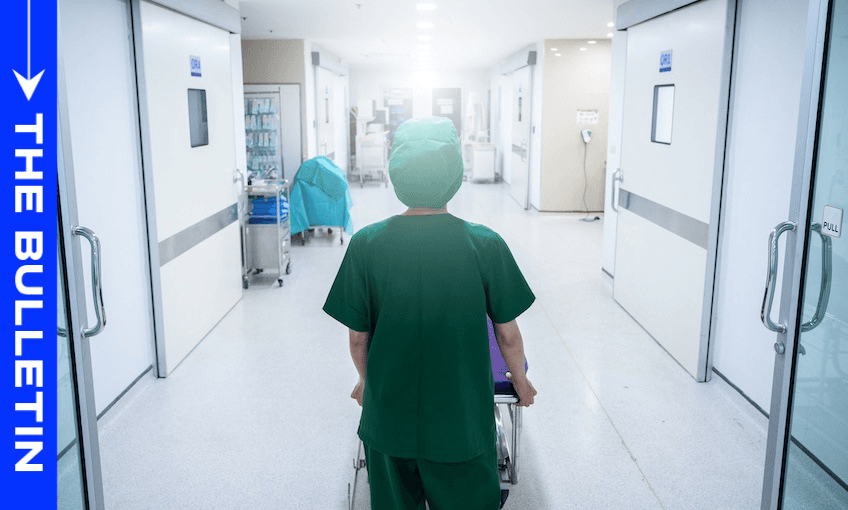Hospitals nationwide are set for upgrades – though at a more sedate pace than some might have hoped, writes Catherine McGregor in today’s extract from The Bulletin.
To receive The Bulletin in full each weekday, sign up here.
A blueprint for rebuilding
After years of warnings and stocktakes, the government has finally published New Zealand’s first national health infrastructure plan – and the bill is as daunting as expected, RNZ reports. More than $20 billion in upgrades is required to bring the public hospital system up to standard, with priority given to needs including emergency department expansions and new car parking. Among the highlighted projects are a 1200-space car park at Manukau Health Park, an emergency department upgrade in Wellington, new operating theatres at Whangārei and an outpatient community hub at Gisborne.
The plan takes a four-stage approach to construction to better control costs, avoid overloading the building sector, and “provide greater certainty around delivery timeframes,” said health minister Simeon Brown. “This is a first for New Zealand – a single, long-term plan that lays out a clear pipeline for health infrastructure.”
Crumbling buildings, sweltering wards
The need for upgrades is not in dispute. The government’s own assessment found major clinical spaces to be in “poor or very poor” condition, with negative pressure rooms that didn’t seal properly, critical care units that lacked space, and operating theatres so cramped that lights bumped surgeons in the head, RNZ’s Phil Pennington reported in 2020. In Hawke’s Bay, the hospital reportedly spent $5000 a year on iceblocks because the air conditioning was broken. And at Whangārei Hospital, a presentation to health bosses warned that overcrowded and inadequate facilities were “compromising clinical care”.
The public health system includes nearly 1300 buildings with an average age of almost 50 years. Of those, 31 are earthquake-prone (the highest-risk seismic category) yet are expected to operate immediately after a disaster.
Why a staged pipeline is preferred
Successive governments have tried and failed to manage hospital upgrades at scale. Part of the problem has been erratic planning and cost blowouts, the most glaring example being Dunedin’s new hospital. The budget for that project ballooned to $1.8 billion, and then to a potential $3 billion, prompting the government to consider scrapping the original design in favour of a scaled-back rebuild or even refurbishment of the existing, dilapidated campus. That suggestion sparked a mass protest in Dunedin and was ultimately walked back, but not without delays and a reduction in bed numbers. Health NZ now wants to avoid repeating that mistake. “Staged redevelopments reduce delivery risk,” the new plan says, allowing for “lower complexity designs” and better financial control.
Doctors prepare to strike
While billions are being earmarked for bricks and mortar, some frontline staff say they’re being left behind. Senior doctors represented by the Association of Salaried Medical Specialists (ASMS) have voted to strike on May 1, citing stalled pay negotiations and worsening understaffing, reports Stuff’s Glenn McConnell. The government’s offer of a 1.5% increase falls far short of the 12% sought by the union, which also wants penalty rates for filling vacant shifts.
ASMS executive director Sarah Dalton said the strike – the most substantial in the union’s history – would expose “the chaos that is already being caused by understaffing”. The health minister called the strike “deeply disappointing,” saying it would delay thousands of procedures and specialist appointments. “Striking isn’t leadership,” he said. “It’s failing patients.”
Read more
